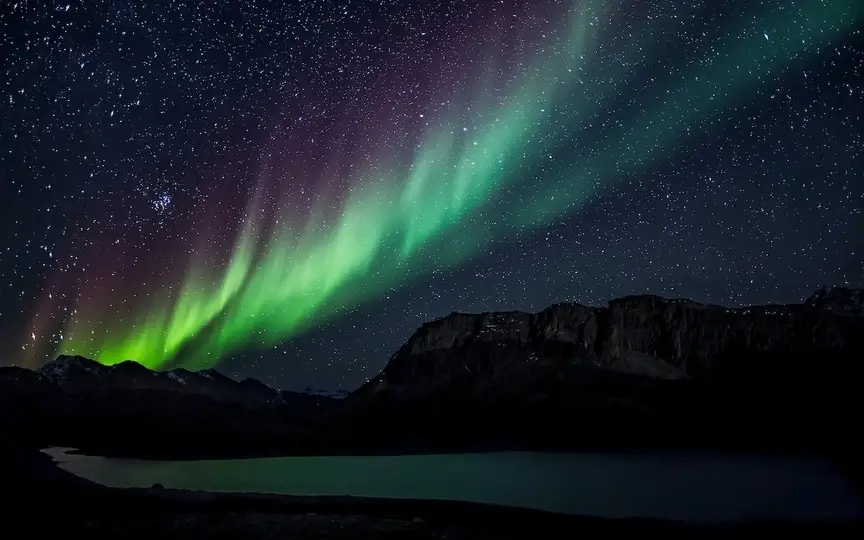Scotland Experiences Rare Red Auroras due to CME-Induced Geomagnetic Storm
Solar activity has been steadily increasing in recent months and is predicted to continue rising as the Sun approaches its solar maximum. As a result, Earth is at risk of being affected by CMEs, solar storms, geomagnetic storms, and other solar phenomena as the peak of the Sun’s 11-year solar cycle approaches. Therefore, it is crucial that we closely monitor the Sun’s volatile behavior for any potential threats to our planet. Surprisingly, the current solar cycle has surpassed scientists’ expectations, with the number of sunspots already exceeding the total predicted for this cycle.
In a recent development, experts have revealed details of a rare form of aurora borealis that ignited when a CME hit Earth. Know the details of this phenomenon and the geomagnetic storm that caused it.
CME sparks red auroras
According to a report by spaceweather.com, forecasters from the National Oceanic and Atmospheric Administration (NOAA) and NASA, after carefully examining the data, have revealed that the CME hit the Earth yesterday, September 24th. It caused a G2 geomagnetic storm, which is considered moderate in intensity. For the uninitiated, these storms are caused by magnetic disturbances caused by charged particles hitting the ground. Geomagnetic storms can cause power outages and radio interference, and even disrupt the global communications network.
Although the geomagnetic storm on September 24th caused no ill effects, it did produce amazing and rare red aurora borealis seen in the Scottish sky. Astrophotographer Chris Walker told spaceweather.com: “These were the reddest auroras I’ve ever seen”.
The reason behind red auroras: Red auroras are rarer than green auroras because they require a higher level of energy to produce. These aurora borealis are created by the collision of high-altitude oxygen and nitrogen molecules and emit light in the red part of the spectrum.
G3 storm soon?
According to the space weather report, this G2 geomagnetic storm may intensify into a much more severe G3 storm today. The report mentioned that auroras can be visible at high latitudes, and astrophotographers could take advantage of this to capture breathtaking shots of this rare phenomenon.
One more thing! ReturnByte is now on WhatsApp channels! Follow us by clicking on the link so that you never miss any updates from the world of technology. Click here to join now!




